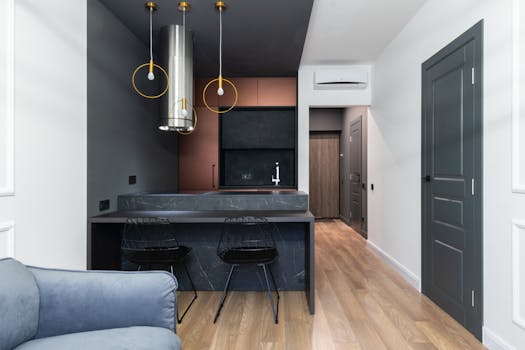
Choosing the Perfect Color Palette for Your Home – WordPress
Introduction to Color Palette Selection

Choosing the perfect color palette for your home is a crucial aspect of interior design. Choosing the perfect color palette for your home can significantly impact the ambiance and overall aesthetic of your living space. With the vast array of colors available, it can be overwhelming to decide on the ideal palette. However, by considering a few key factors and following some expert tips, you can create a harmonious and visually appealing color scheme for your home.
Understanding Color Theory and Psychology

Before selecting a color palette, it’s essential to understand the basics of color theory and psychology. Colors can evoke different emotions and moods, and certain combinations can create a sense of balance and harmony. Color theory is the study of how colors interact with each other and with the human eye. It’s based on the color wheel, which is divided into primary, secondary, and tertiary colors. By understanding how colors relate to each other, you can create a cohesive and effective color palette.
In addition to color theory, color psychology plays a significant role in selecting a color palette. Different colors can affect our mood, energy levels, and even our behavior. For example, blue is often associated with calmness and serenity, while red is linked to energy and excitement. By considering the psychological impact of colors, you can choose a palette that promotes the desired atmosphere in your home.
Factors to Consider When Selecting a Color Palette

When choosing a color palette for your home, there are several factors to consider. These include:
- Natural Light: The amount and type of natural light your home receives can significantly impact the appearance of colors. Consider the orientation of your windows and the time of day when selecting a palette.
- Furniture and Decor: The color of your furniture, flooring, and decor can influence your color palette. Consider the dominant colors in your space and choose a palette that complements them.
- Personal Preferences: Your personal preferences and lifestyle should also be considered when selecting a color palette. Think about the mood and atmosphere you want to create in your home and choose colors that reflect your personality.
- Room Purpose: Different rooms in your home serve different purposes, and the color palette should reflect this. For example, a bedroom should have a calming and relaxing palette, while a home office should have a more energizing and stimulating palette.
Popular Color Palettes for Home Interiors

There are numerous color palettes to choose from, and the right one for your home will depend on your personal preferences, lifestyle, and the style of your space. Here are some popular color palettes for home interiors:
- Monochromatic: A monochromatic color palette features different shades of the same color. This creates a cohesive and harmonious look that can be very effective in small spaces.
- Complementary: A complementary color palette features colors that are opposite each other on the color wheel. This creates a bold and striking look that can add visual interest to a room.
- Analogous: An analogous color palette features colors that are next to each other on the color wheel. This creates a smooth and harmonious look that can be very effective in creating a relaxing atmosphere.
In addition to these palettes, you can also consider the 60-30-10 rule. This rule suggests that 60% of the room should be a dominant color, 30% a secondary color, and 10% an accent color. This creates a balanced and harmonious look that can be very effective in home interiors.
Tools and Resources for Selecting a Color Palette

With so many color palettes to choose from, it can be helpful to use tools and resources to narrow down your options. Here are some popular tools and resources for selecting a color palette:
- Online Color Palette Generators: There are numerous online color palette generators that can help you create a custom palette based on your preferences and the style of your space.
- Color Wheel Apps: Color wheel apps can be very helpful in understanding how colors relate to each other and creating a cohesive palette.
- Paint Swatches: Paint swatches can be very helpful in testing out different colors and seeing how they look in your space.
By considering these factors, understanding color theory and psychology, and using the right tools and resources, you can create a perfect color palette for your home that reflects your personality and style.


